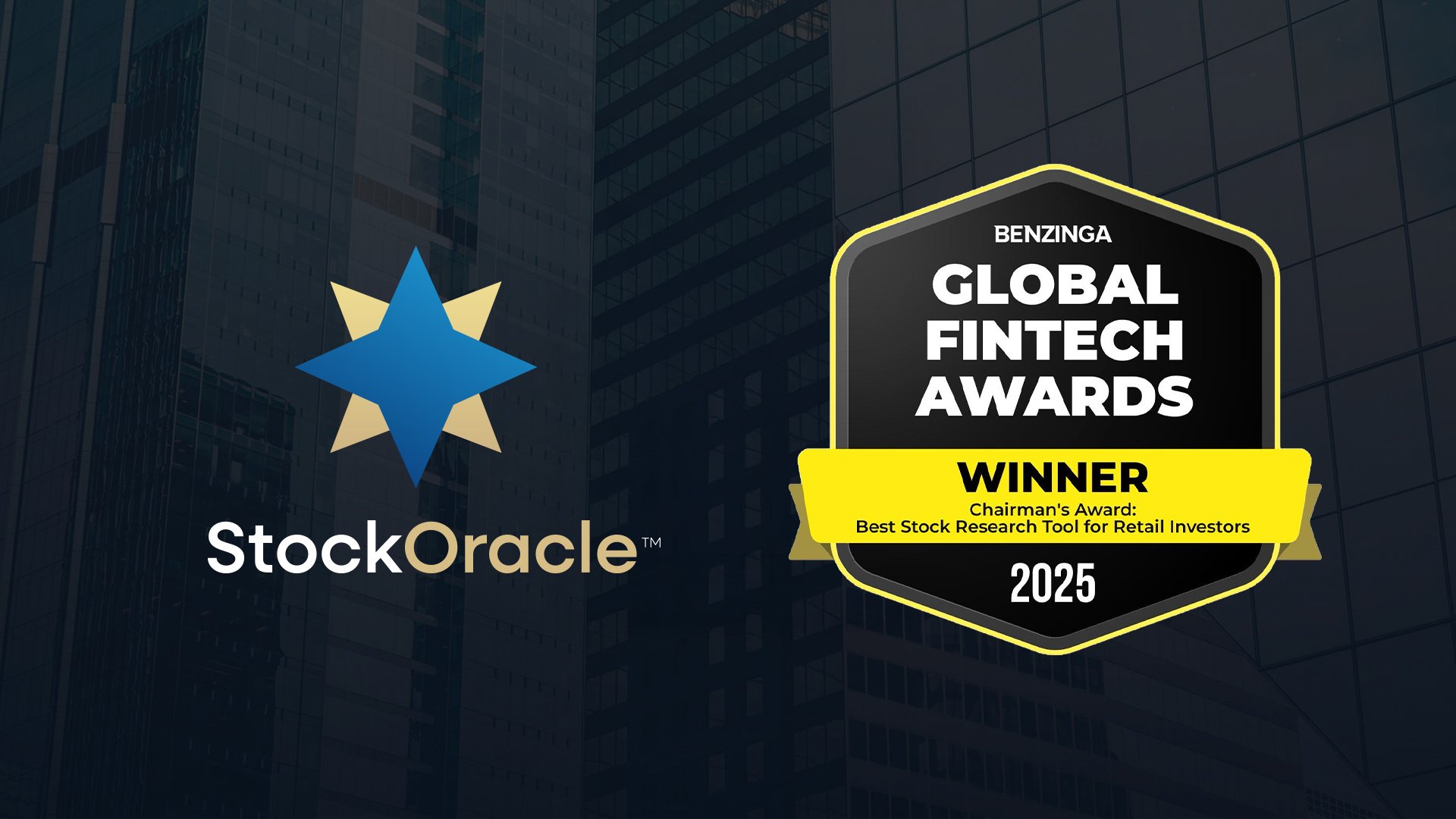One of the Slowest Moving Stocks in the S&P 500: Fair Isaac Corp (FICO) Tanking 32.66% YTD
By Chi KengLast updated on August 22, 2025
The S&P 500 has been hitting record highs in 2025. Yet, not every stock is celebrating. While big tech and energy giants are pulling the index higher, some companies are lagging far behind. Among them is Fair Isaac Corp (FICO) one of the slowest moving stocks in the S&P 500 this year, with shares tanking 32.66% year-to-date (YTD).
What makes this particularly striking is that FICO wasn’t a weak stock to begin with. For years, it was one of Wall Street’s darlings, compounding nearly fivefold in just the past five years. But now, this once unstoppable winner has turned into one of the worst performing stocks in the S&P 500, forcing investors to question what went wrong.
The Rise of FICO: A Compounding Giant
For decades, FICO has been synonymous with credit scoring in the United States. Its dominance wasn’t built on flashy innovation but on systemic adoption: lenders, regulators, and mortgage giants embedded FICO scores deep into risk models, underwriting systems, and industry standards.
Powered by StockOracle™
This dominance translated into stellar financials.
- Revenue, operating income, and cash flow steadily trended upward.
- Margins consistently ranked among the best in the S&P 500.
- Return on invested capital (ROIC) exceeded 30% for five straight years.
Powered by StockOracle™
FICO’s stock rewarded shareholders handsomely — rising nearly fivefold in just the last five years before its drawdown. By most measures, it was a textbook example of a wide-moat business.
What Went Wrong
The problem with moats is that they can be tested. FICO’s meteoric rise was largely powered by price hikes. From 2018 to 2023, the cost of a FICO score soared from around $0.50 to nearly $5, a 900% increase. With 88% profit margins in scoring, these hikes flowed almost directly to the bottom line.
But you can’t squeeze customers forever. Lenders pushed back, regulators took notice, and in early 2024, FICO’s monopoly cracked. Fannie Mae and Freddie Mac, which account for almost half of U.S. mortgages, were allowed to adopt VantageScore 4.0, a competing model. That decision effectively stripped FICO of its grip on half the mortgage market overnight.
The implications were profound: while scoring contributes just over half of FICO’s revenue, it drives nearly three-quarters of profits. A small shift in market share disproportionately hits earnings power.
StockOracle™’s Take: OracleIQ™ Snapshot
Using StockOracle™’s OracleIQ™ — which rates companies across predictability, profitability, growth, moat, financial strength, and valuation — FICO still shines in profitability and moat strength.
- Moat Analysis: Strong pricing power, high switching costs, deep regulatory entrenchment.
- Financials: Elite margins and sticky clients provide stability.
- Risks: Monopoly cracks, regulatory headwinds, and an overextended valuation multiple.
If you look at the reverse DCF , it is particularly revealing. Current pricing implies that investors expect FICO to grow free cash flow at 20% annually for years to come. Whether those assumptions hold in light of increased competition is the million-dollar question.
Why Hasn’t Fair Issac Corp (FICO) Collapsed
Despite the drawdown, FICO hasn’t completely unraveled. Two factors explain the resilience:
- Inertia: Decades of embedded systems make switching costly and slow.
- Relative Costs: At less than $5 per mortgage, a FICO score is negligible in the context of a $350,000 loan, making lenders less sensitive to pricing.
Add in the possibility of falling interest rates and a rebound in mortgage volumes, and near-term demand could cushion some of the market share loss.
Takeaways for FICO’s Case
FICO Financials in a simple layout powered by StockOracle™
FICO’s story highlights the paradox of wide-moat companies.
- The Bear Case: Monopoly power has cracked, regulators are circling, and valuation remains dangerously high.
- The Bull Case: Margins are world-class, cash flow is robust, and decades of stickiness make an immediate collapse unlikely.
For investors tracking the slowest moving stocks in the S&P 500, FICO serves as a cautionary tale: even the strongest compounding machines can stumble when pricing power pushes too far and competition finally breaks through.
Final Word
FICO may no longer be the unstoppable compounder it once was, but its fundamentals remain strong enough to spark debate. Is this the beginning of a long decline, or just a reset before another phase of steady growth?
Either way, it is a case study worth watching — and one that underscores the value of analyzing both moats and valuations critically.
Related
.png)
Alphabet’s Q3 2025 earnings reignited investor confidence, delivering its first-ever $100 billion ...

When you analyze a company's financial health, it’s easy to get lost in a sea of metrics. But if ...

Airlines may fly high at 30,000 feet, but their profits rarely do. American Airlines (AAL), one of ...



